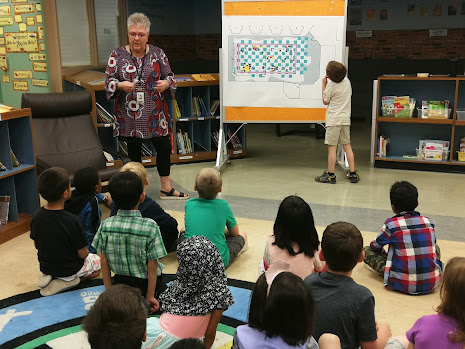GUEST BLOG: Larry Leach is Executive Director of 12 Community Safety Initiative (12CSI), a non-profit crime prevention collaborative in Calgary, Canada, one of the initial sponsors of the 2015 SafeGrowth Summit. In 2018 12CSI won the Alberta Solicitor General's Award for Community Collaboration and the Ambassador program won it in 2022. Larry has been a Huffington Post blogger and is involved in the SafeGrowth Network. He was awarded with the Queens Diamond and Platinum Jubilee medals for his contributions to community-building.
I recently started analyzing the budgets of social agencies in Calgary and the numbers may stagger many not working within the sector. While my analysis is not yet complete, it is clear that the collective budgets of agencies serving the homeless and vulnerable sectors are well over $200 Million per year. Most of those monies come from the Federal Government (some through Calgary Homeless Foundation) to agencies with budgets ranging from $10 - $40 million.
While I wouldn’t advocate that those monies aren’t spent in a justified way or that less should be spent, we look at the scale of these local agencies with budgets over $10 million to examine their relative effectiveness. We ask the question: Can the system and the agencies employ these significant resources in a more community-centered way?
 |
In many cases, community engagement starts and ends with a town
hall meeting. That is not enough!
|
COMMUNITY EXPERTS
I heard a great quote at a Crime Prevention conference recently from a registered social worker, Kassidy Green from Boyle Street Community Services: “I am a member of the community first, then a member of my profession (social worker)”. That resonates with me.
I work with a team of Ambassadors that walk our neighbourhoods daily working with vulnerable people to help them access services. In that work, the thing we hear most is a simple thank you for speaking to them with respect and trying to help them. It is a one-to-one, person-to-person, holistic community approach.
 |
Community action teams have direct involvement on the
streets of their own neighbourhood |
When considering CPTED and SafeGrowth, it is said many times throughout these blogs that the real experts are the people that live in these neighbourhoods. In many cases, these agencies may have once upon a time engaged communities they work in, but in practice, the relationships are nonexistent for most of them. Some of the methods they may have used to justify their approach to their funders are described in prior SafeGrowth blogs, especially They Won't Get Involved 1 and They Won't Get Involved 2.
Like many City of Calgary engagement sessions, you do not build community relationships by standing in front of a room and telling people that live in the community how an agency is going to improve the quality of life. That may help an agency check a tick box for the funders, but it does nothing to establish positive relationships. The best way to engage a community is outlined in They Won't Get Involved blogs mentioned above.
 |
| Community engagement should also mean fun activities, socializing, and food |
OUTPUTS AND OUTCOMES
Let’s go in a different direction. What if the scale of these agencies prevents them from spending time building relationships with communities? What if these monies went to smaller groups or directly to the community itself through the social agency to solve social issues one block, one person, and one community at a time?
Let’s consider outputs vs. outcomes. Often, when you look at agency reports, they speak about how many things they gave out, from food hampers to safe needles. Does that show a good outcome? How were people’s lives affected? I heard a great example at a conference by Daniel J Jones, Chair of Justice Studies, NorQuest College. When the Police hold a press conference and stand in front of a table full of illegal drugs that they confiscated on the street, does the price of cocaine go down?
Going forward in community funding, I think we must consider the following fundamental questions:
- How are we affecting people’s lives?
- Are we improving people’s lives?
- How does what we do affect the community around our work?
- How do we empower the community to be part of the solution?
- Is what we are doing keeping people from improving their lives?
- Is what we are doing supporting everyone in the community?



.jpeg)





